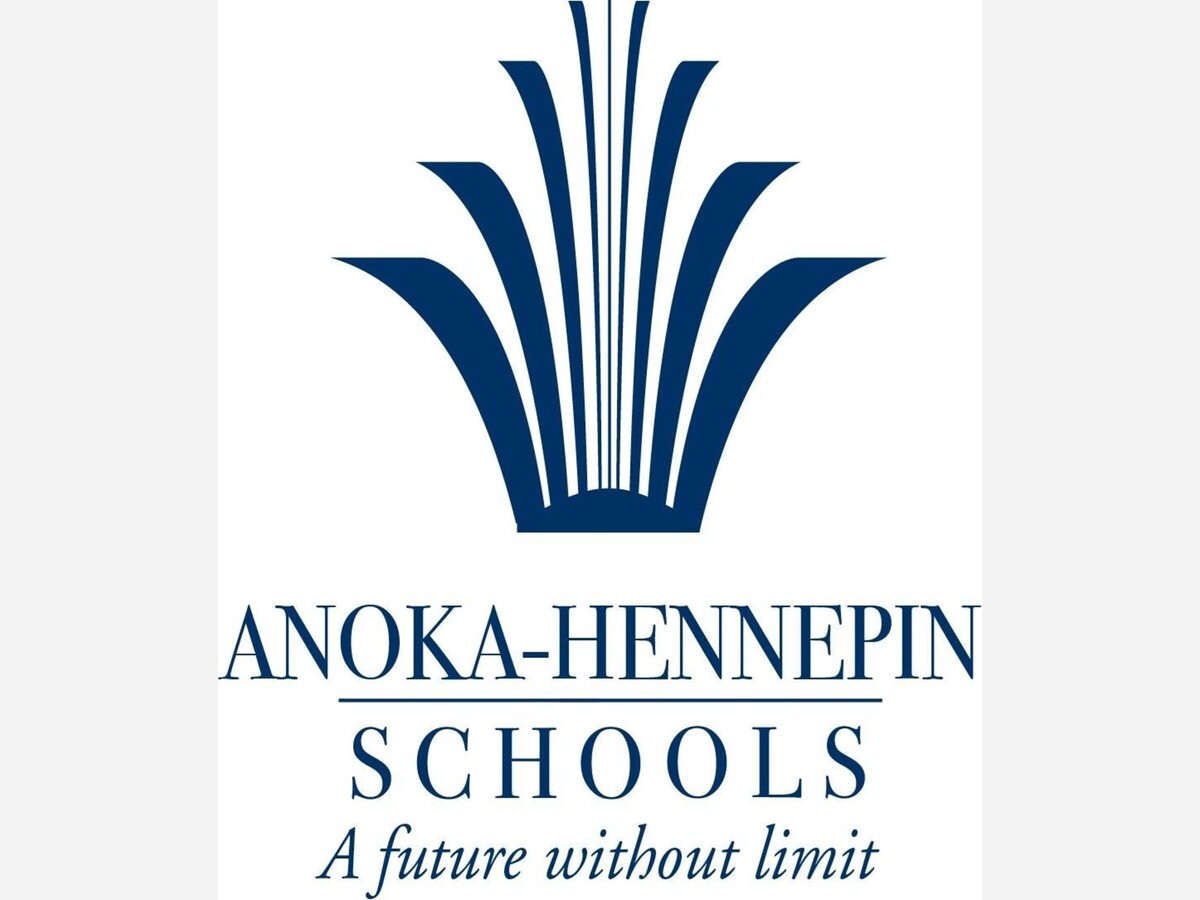Image


ANOKA, Minn. — Campaign-finance disclosures and local reporting reveal a dramatic surge in outside spending in this year’s election for the Anoka‑Hennepin School Board, transforming traditionally low-budget local contests into high-stakes political battles. The open seats are in Subdistricts 3, 4, and 6 of Minnesota’s largest school district.
Campaign-finance records filed with the Anoka County Elections Office show that dozens of political action committees and parent groups have reported substantial expenditures in support of school-board candidates this cycle. One analysis by local news outlets estimates more than $230,000 in outside spending—dwarfing the typical $5,000–$10,000 spent in past board contests.
The bulk of this spending has supported candidates aligned with conservative-education reform agendas, while labor-union-backed groups and other political committees supporting more progressive candidates have also contributed six-figure sums, though at lower levels. Campaign-finance filings remain ongoing, with the most current disclosures available through the Anoka County public database.
Three seats are open on the six-member board, which is currently evenly split 3-3. Local leaders express concern that the influx of outside funding may politicize what are officially nonpartisan positions, influencing decisions on curriculum, budget allocation, and district governance.
At the same time, the Anoka‑Hennepin district faces significant budget challenges. The board recently approved a plan to address a $26 million budget gap for the 2025-26 school year, with cuts and reallocations focused on administrative and central services. Union leaders and community members note the contrast between escalating campaign spending and pressing fiscal needs within the district.
Much of the increased spending is being driven by external organizations seeking influence over local-education governance. Filings indicate contributions from groups such as Excellence Minnesota and the School Board Integrity Project, as well as other parent-coalition and political action committees focused on academic standards, curriculum oversight, and local governance issues.
For the district’s 37,000 students across 13 municipalities, the surge in outside spending raises questions about the influence of large donors on school-board elections. Residents may weigh whether candidates are accountable to voters or outside interests, and how this funding may shape decisions on class sizes, curriculum transparency, and long-term fiscal policies.
As the November 4, 2025 election approaches, campaign-finance disclosures will continue to update. Observers say this surge in funding marks a new era for Anoka‑Hennepin School Board races, signaling that what were once modest local elections are becoming high-profile contests with potentially long-lasting impacts on district policy.